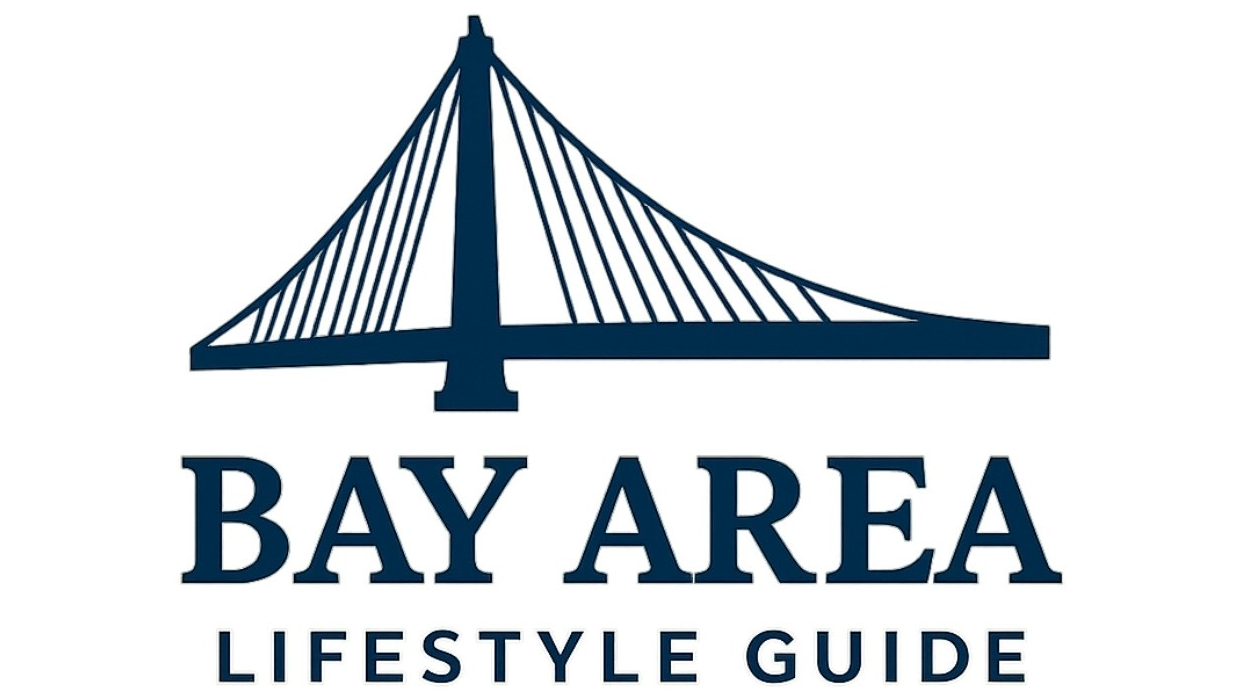
Understanding Stakeholder Management: The Heart of Community Connection
In today’s fast-paced world, effective stakeholder management emerges as a critical factor for success, not just in business but in our everyday lives. Particularly in vibrant communities like the San Francisco Bay Area, where art, culture, and wellness thrive, understanding how to engage and manage stakeholders—from artists to health advocates—can transform the local landscape.
The Importance of Stakeholders in Community Building
What is stakeholder management? At its core, it involves identifying and engaging the individuals and groups that have a stake in your initiative. This can range from residents and local businesses to government entities and community organizations. In neighborhoods enriched with art and cultural events, where collective experiences shape the community's identity, recognizing these stakeholders can lead to meaningful collaboration and support.
Take, for instance, a local art festival. It doesn’t solely arise from the vision of a few dedicated individuals; it’s a product of stakeholder engagement. Artists, sponsors, attendees, and city officials all play critical roles. By managing these relationships effectively, festival organizers can foster a sense of community pride and ensure the event’s sustainability. Residents feel valued, stakeholders collaborate more freely, and the initiative thrives.
Steps to Effective Stakeholder Engagement
For communities passionate about art, culture, health, and wellness, here are key steps to foster stakeholder relationships:
- Identify Your Stakeholders: Begin by mapping out who your stakeholders are. Consider local artists, health professionals, wellness advocates, and cultural organizations.
- Understand Their Needs: Engage with your stakeholders and listen to their concerns, aspirations, and ideas. This can take the form of community forums, surveys, or casual meetups.
- Communicate Transparently: Maintain open lines of communication. Regular updates and inclusive discussions encourage trust and promote a sense of ownership among stakeholders.
- Foster Collaboration: Create platforms for stakeholders to collaborate on projects, whether that's hosting art exhibits together or community health days.
- Evaluate and Adapt: Regularly assess the effectiveness of your engagement strategies. Be willing to adapt based on stakeholder feedback and changing community dynamics.
The Social Connection to Health and Wellness
In our Bay Area communities, the connection between stakeholder management and wellbeing cannot be overstated. Engaging stakeholders in health and wellness initiatives, such as local fitness programs or mental health workshops, strengthens community bonds. Empirical studies suggest that communities with high levels of collaboration among stakeholders experience improved health outcomes, reduced stress levels, and increased happiness.
Wildly Successful Examples in the Bay Area
Some initiatives in the Bay Area showcase the power of stakeholder management beautifully. The San Francisco Arts Commission exemplifies how involving local artists, schools, and businesses can lead to transforming public spaces through art. Their public art programs are results of meticulous stakeholder engagement, which have enriched the city's aesthetic and created cultural pride.
Moreover, the Bay Area Community Health Advisory Board is another shining example. By inviting healthcare professionals, policymakers, and community members to the table, they address health disparities, ultimately leading to tailored health campaigns that resonate deeply with local populations.
Navigating Challenges and Misconceptions
While the benefits of stakeholder management are clear, challenges often arise. Some believe it is time-consuming or unnecessary, but this couldn't be further from the truth. Stakeholder management may require upfront investment in time and resources, but the payoff—sustained collaboration, robust networks, and vibrant community life—is immeasurable. Empowering individuals in your community to express their needs and support each other leads to a richer, more vibrant atmosphere.
Looking Ahead: The Future of Stakeholder Management
As Bay Area communities continue to evolve, the future of stakeholder management looks bright. Initiatives focusing on diversity and inclusion will likely grow, weaving a rich tapestry of voices and perspectives into the fabric of community life. Leveraging technology can also enhance stakeholder engagement through virtual meetings, social media campaigns, and collaborative platforms that broadcast community initiatives, making it easier for voices to be heard and valued.
Your Role in Stakeholder Management
Ultimately, every individual in the Bay Area has the power to contribute to effective stakeholder management. Whether you're an artist, a small business owner, or simply a passionate resident, you can engage with your community and amplify your voice in shaping local culture and wellness. Reach out, connect, and participate in community discussions—each effort counts toward cultivating a nurturing and supportive neighborhood.
 Add Row
Add Row  Add
Add 



Write A Comment